Climate change and changed weather phenomena pose a threat to the delicate coffee plant. Coffee Sourcing Manager Anna is spending a year travelling the world, getting to know coffee farms around the globe. In her blog, Anna will describe how coffee farming can also take place in the future.
In mid-January, it’s snowing in the Sahara but the black soil isn’t even covered in a blanket of white snow in Helsinki. At the same time, summer and the dry season in Costa Rica should be at its peak, but the last few days, heavy rainfall and hard winds have tested the country. The coffee plants are blooming many months too early because of the heavy rain, which is a bad sign for next year’s harvest.
Managing Director of the Coffee division Elisa Markula wrote in her blog about the challenges posed by climate change – about the astonishing weather phenomena experienced by the farmers and how they prepare for them. For instance, a higher temperature, longer rainy seasons, increased drought and exceptionally strong winds are challenges that the farmers face more often than before. Changed weather phenomena are not always caused by climate change, but no matter what, they contribute to plant diseases spreading, make processing coffee more difficult or cause erosion at coffee farms, among other things.
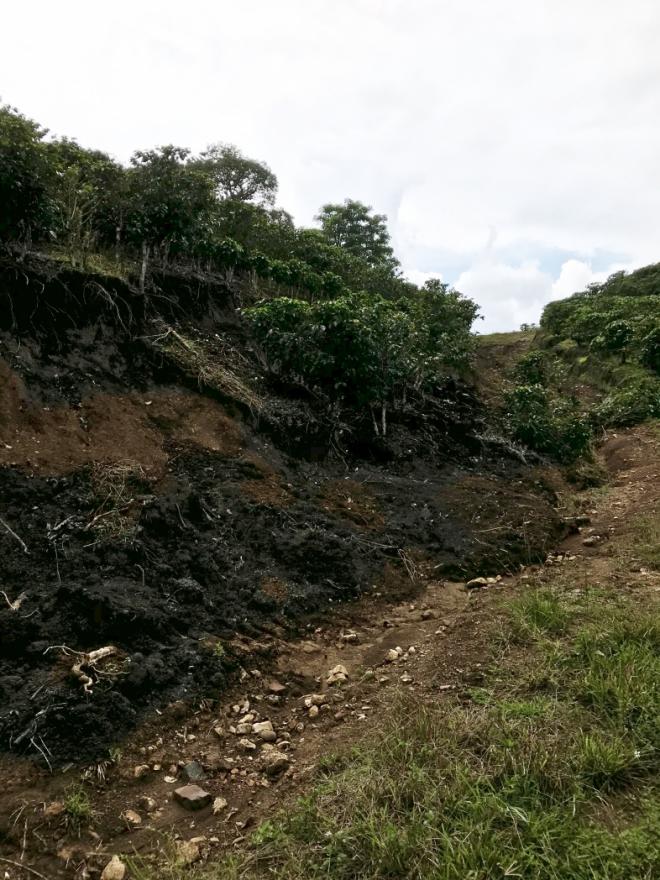
Can we adjust to climate change?
It is possible to adjust to the changing climate and the challenges brought on by it, at least to a certain extent. Good farming practices, or the daily ways of working on the farm, are key factors in this. Healthy coffee plants have better resistance against different diseases, just like healthy people. Shade trees can be used to control the temperature of the coffee farm and the amount of light on the plants. Storm water can be directed using channels, and plants that get excessive water can be dried using ditches. Multi-layered vegetation can be used to bind water to the soil from where it will be filtered and released more slowly.
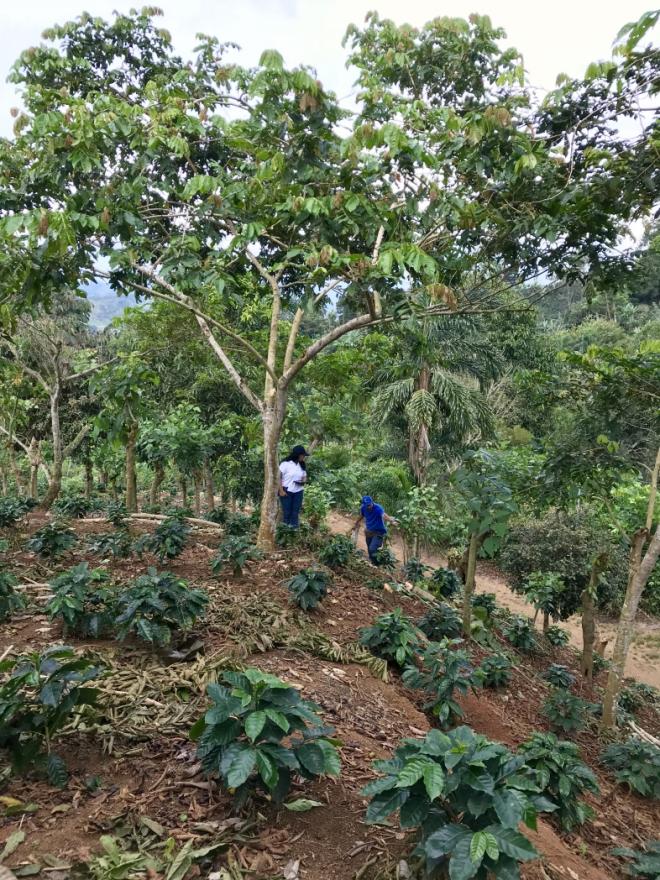
Most Arabica varieties are very susceptible to both vermin and plant diseases. One way of adjusting to climate change is developing and planting new coffee varieties that are more resistant to diseases and vermin.
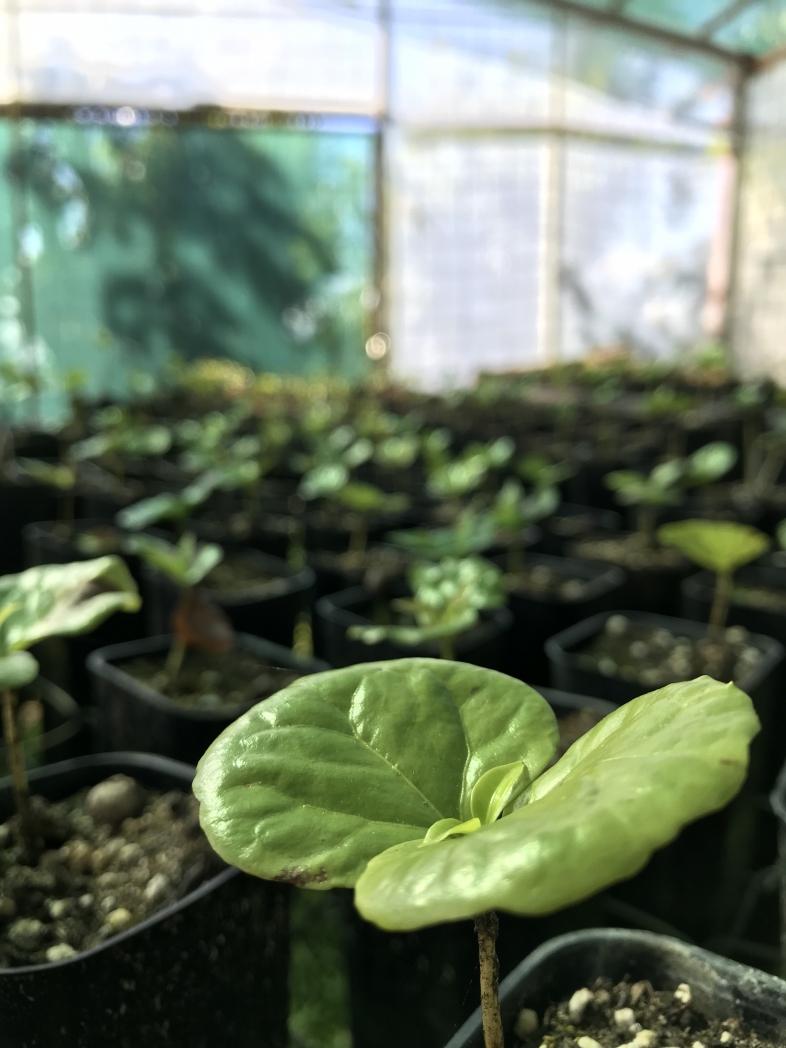
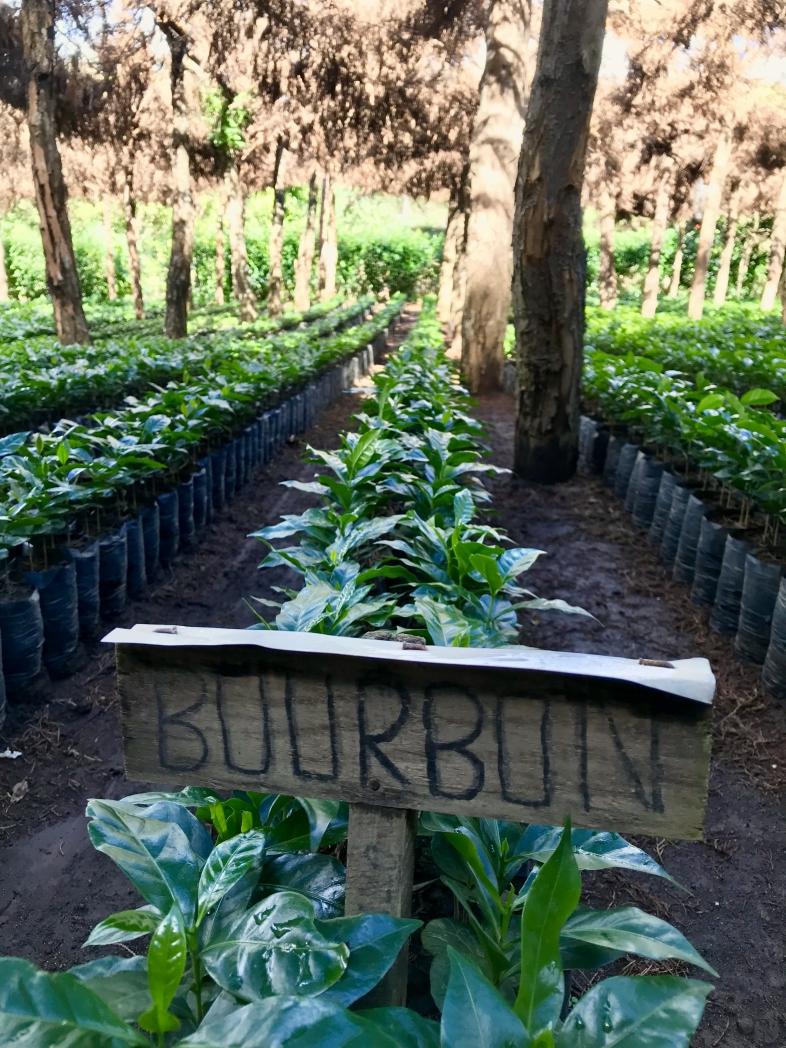
Decades of research behind new coffee varieties
In December, the national coffee institute of Costa Rica ICAFE released a new coffee variety called Catiguá for the country’s farmers. Catiguá was created in Brazil already in 1980 when two coffee varieties, Catuaí and the Timor Hybrid that is especially resistant to Coffee Leaf Rust, were hybridised. The new variety is a result of 24 years of development: every year, only the best coffee plants are selected to make the variety genetically uniform and stable. In 2009, the national coffee institute of Costa Rica started testing Catiguá together with 18 other varieties, and it stood apart for its productivity, coffee quality and great resistance. Now, eight years later, the variety is available for Costa Rican farmers.
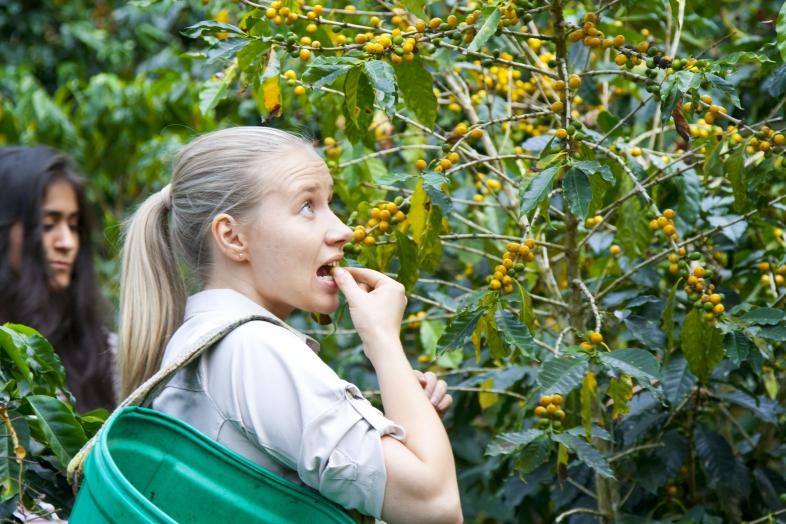
Selecting the variety is an important decision for the farmer: the recommended life cycle of a coffee plant is 20–30 years, so choosing the wrong variety could have an effect that spans decades. Planting new plants is also expensive. In addition to the price of the seedlings, planting is hard work and new coffee plants only produce their first cherries at the age of two or three. However, all coffee varieties take a lot of work: fertilising, cutting, controlling the amount of light, which means that just changing varieties does not guarantee that the farmer is safe from the changes in the weather. Paulig’s partnership programmes provide farmers with practical support in selecting the best farming practices and the best coffee varieties, taking into account the productivity of the farming. The bright future of coffee is built together.
